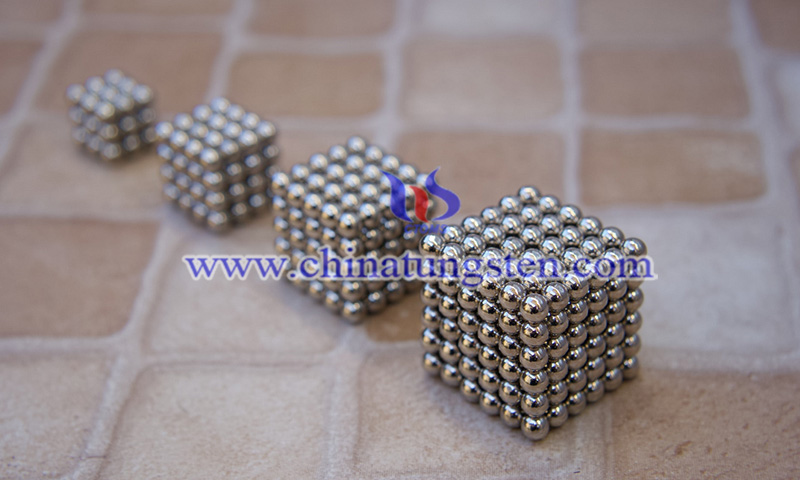Lanthanide–Lanthanide Bonds to Create Super-Strong Rare Earth Permanent Magnets
- Details
- Category: Tungsten's News
- Published on Saturday, 29 January 2022 15:20
A team of researchers affiliated with a U.S. institution has reported a way to use lanthanide–lanthanide bonds to create more powerful rare earth permanent magnets. In their paper published in Science, the team describes a technique to forge the chemical bonding of several lanthanide elements used in magnets.

As the researchers point out, large valence atomic orbitals are usually needed to create metal-to-metal bonds. For this reason, lanthanide-to-lanthanide bonding has not been considered as a possible source for making magnets. In this new study, the researchers have discovered di-lanthanide complexes that overcome this problem to a large extent.
The researchers discovered a class of divalent lanthanide ions that are symmetrically compatible with 5d orbitals. Using them, they were able to create dysprosium-dysprosium, terbium-terbium and gadolinium-gadolinium bonds. The first two showed strong potential for creating strong magnets. Using these two bonds, the researchers created complexes with bimetallic centers that share a single d electron.

In both cases, the three iodine atoms are arranged in a triangle around the center of the metal. These metal atoms are held together by a bond that runs through the center of the triangular structure, with an unpaired electron in between. In addition to its extreme magnetic properties, the bond represents the first between two rare-earth materials, the researchers said.
The newly discovered lanthanide–lanthanide bonds own a bond strength of about 14 Tesla at temperatures up to 60 K - a new record for a molecular-based material. The previous record was 7.9 Tesla. The newly discovered bonds could be used to create a new class of super-strong permanent magnets.

The researchers also found that the overall field strength of the rare earth permanent magnets they created was too strong to be accurately measured with their equipment; therefore, their numbers are estimates. They suggest that magnets made using their technology could be used for both small media storage applications and large technology applications that require new solid materials.
- Rare Earth Manufacturer & Supplier, Chinatungsten Online: www.chinatungsten.com
- Tungsten News & Prices of China Tungsten Industry Association: www.ctia.com.cn
- Molybdenum News & Price: news.molybdenum.com.cn
- Tel.: 86 592 5129696; Fax: 86 592 5129797; Email: sales@chinatungsten.com



 sales@chinatungsten.com
sales@chinatungsten.com